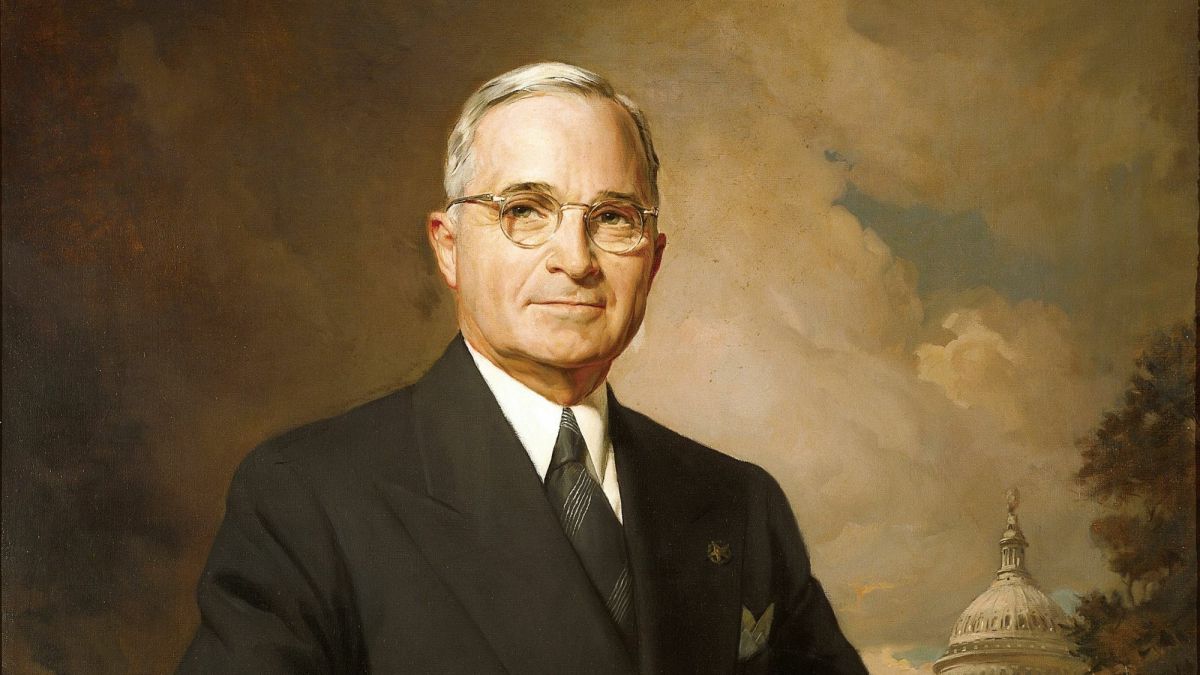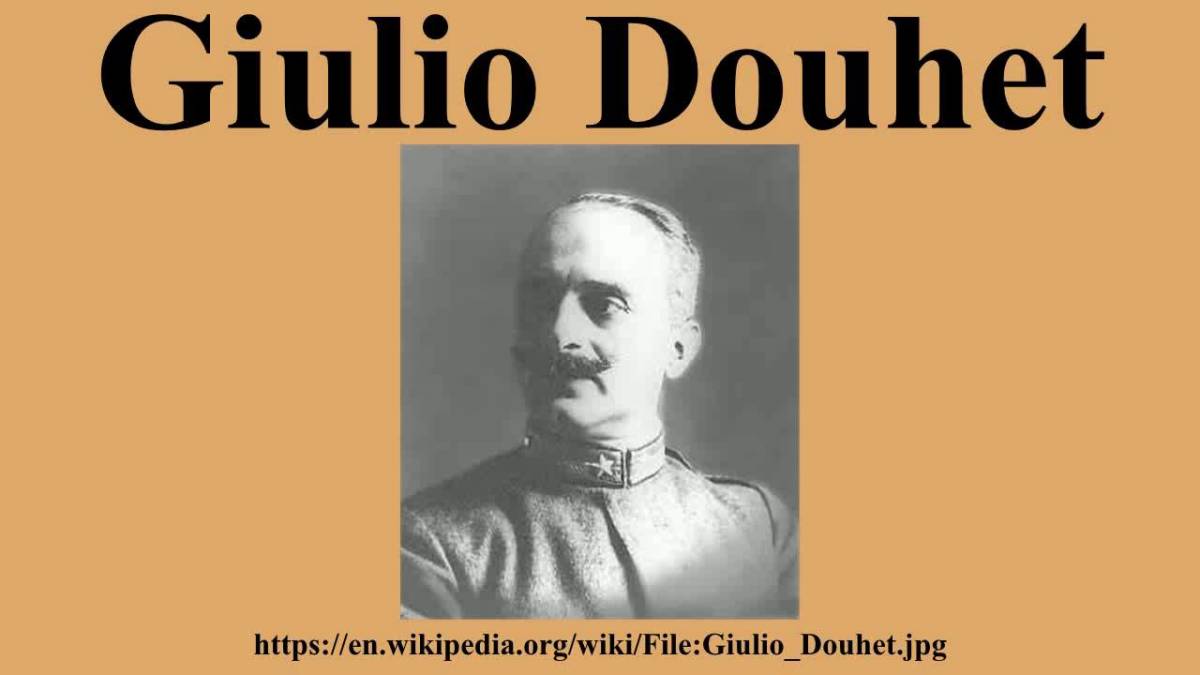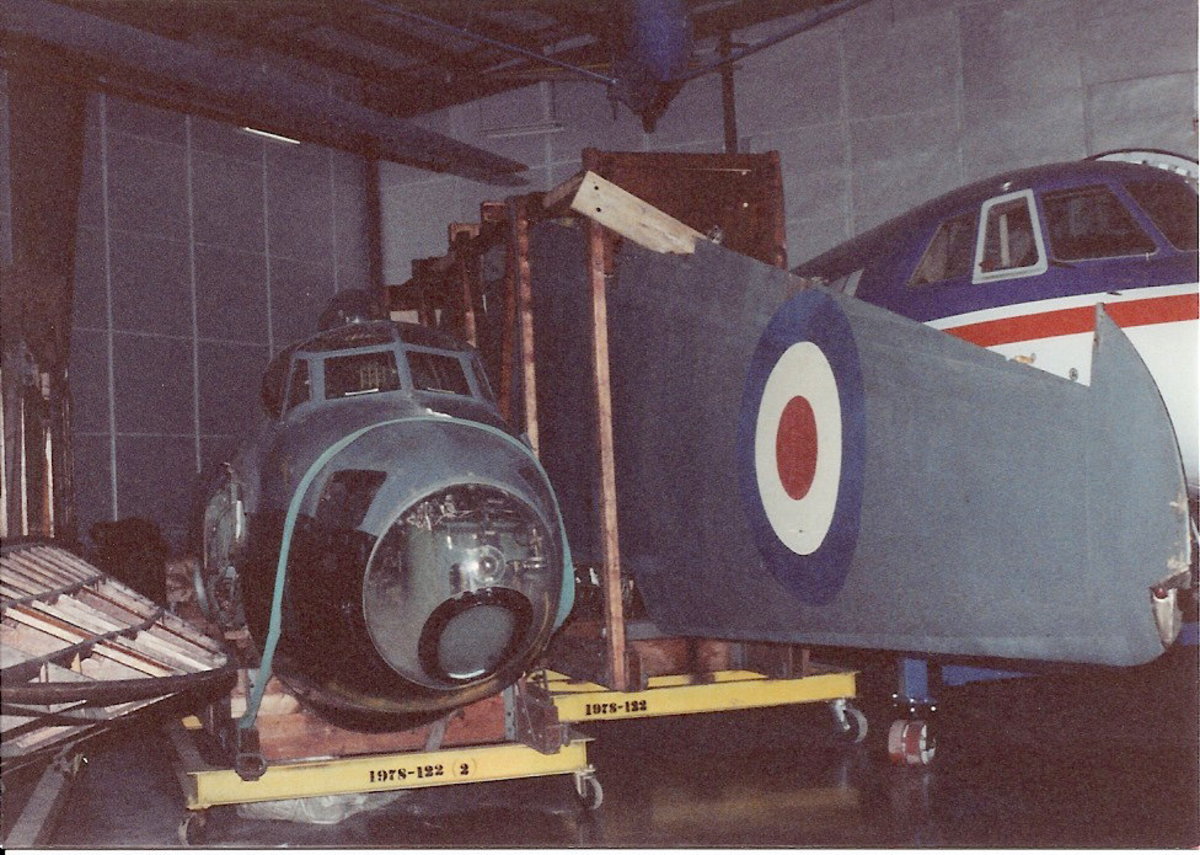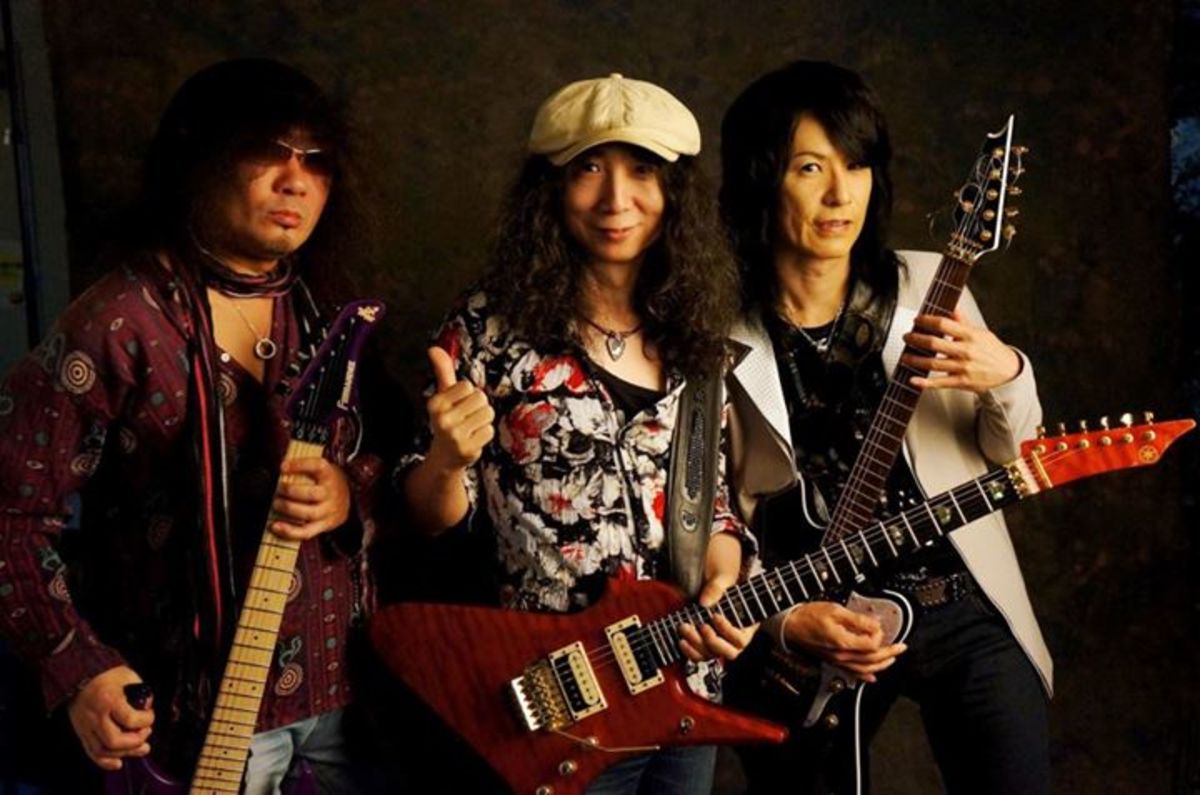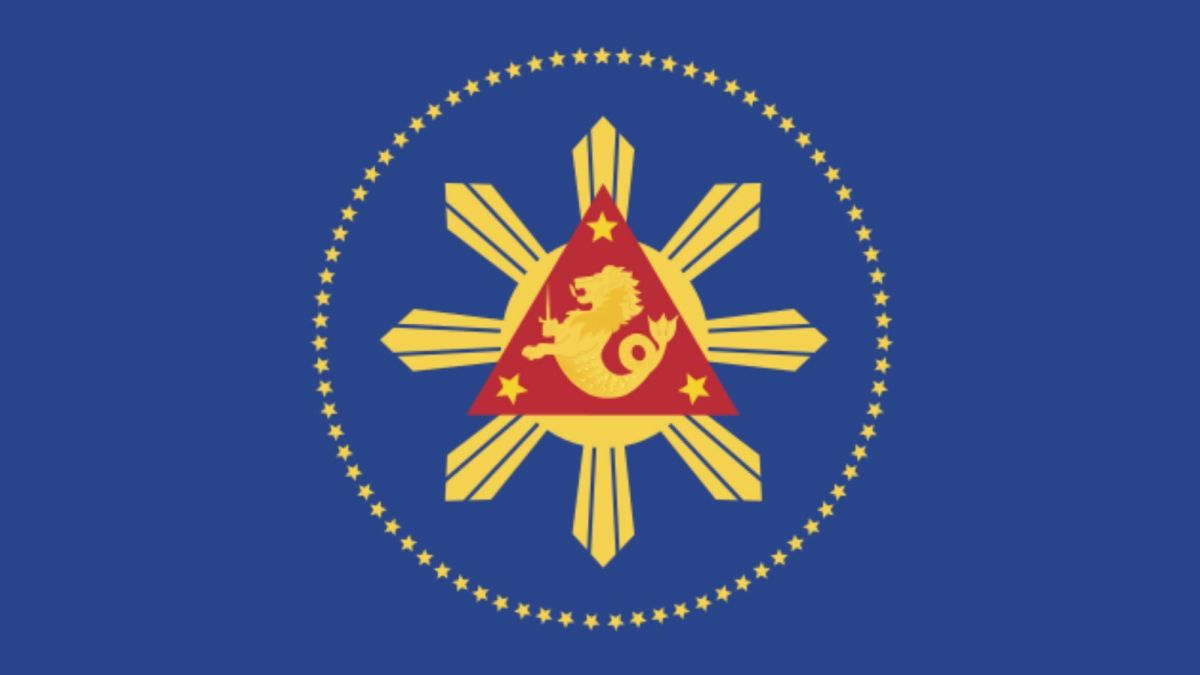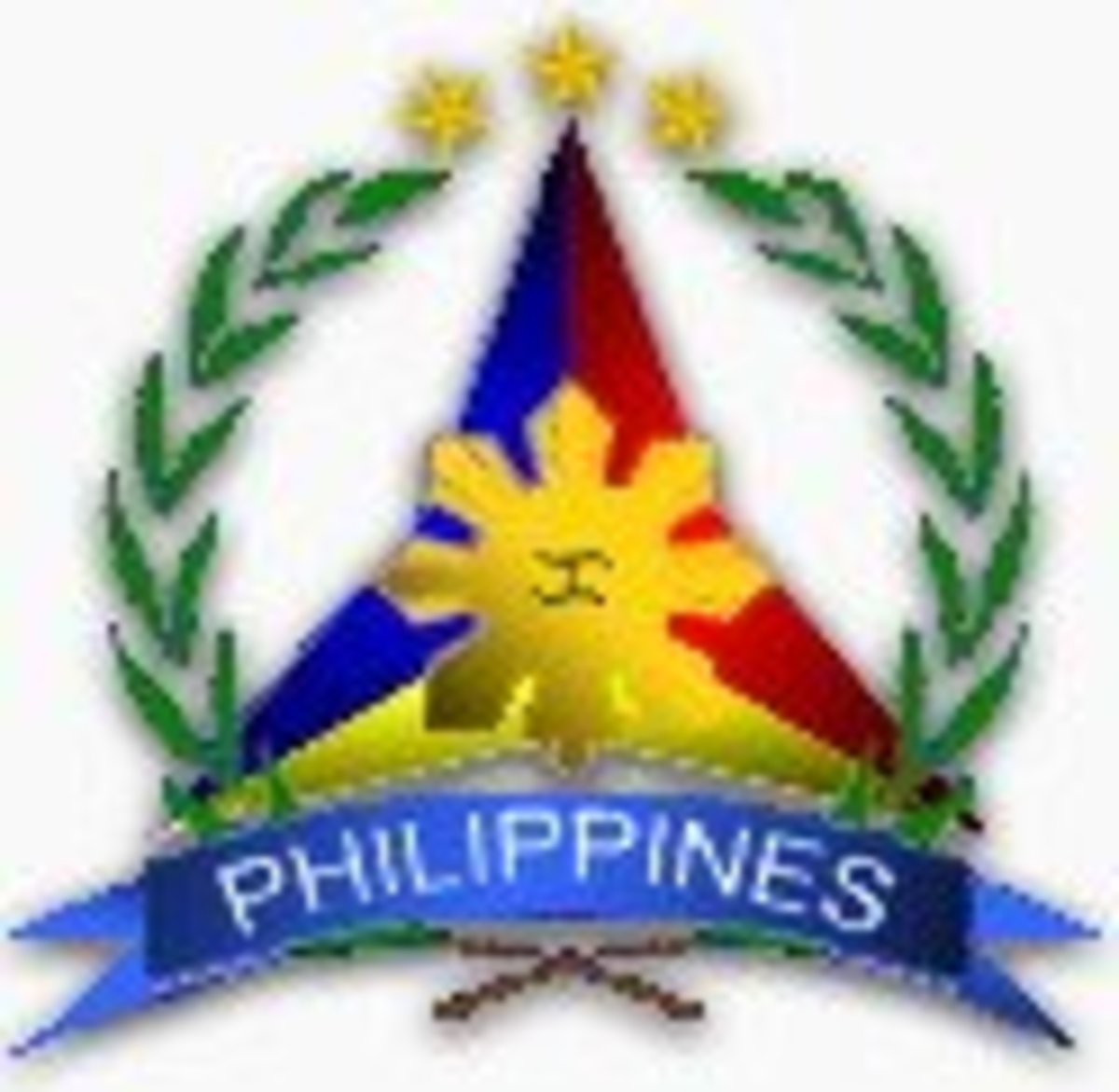Tokyo Burning
The recent Japanese Earthquake. Which was quickly followed by the Tsunami, the cause of the shutdown and failure of the diesel powered cooling systems for the spent fuel rods at the Fukushima Nuclear power plant. This got my mind thinking about Japan. Naturally ones mind quickly springs to Nuclear and the nuclear bomb drops on Nagasaki and Hiroshima, during the Second World War. But did you know that the firebombing of Tokyo was more horrendous, more painful and more devastating. I have talked before about my fathers experience of the blitz bombing of Hull but it pales in comparison by the Napalm burning of Tokyo.
Chester Marshall B52 Bomber
Most of the housing was built out of real high flammable material you know, wood. It burned out about 15.8 square miles of the city that night. I understand this one in Tokyo was bigger than the Dresden: about 2 million people put out of homes and one has survived and 80 thousand I understand were killed outright, burned. And that was more actually than the atomic bomb

The most devastating civic fire in history occurred in Tokyo. In just a few hours on the night of March 10 1945 about a hundred thousand people died and a million homes were destroyed. It was worse than the fires that razed Moscow in 1812, San Francisco in 1901 or even the fire that followed Tokyo's terrible earthquake of 1923. But like Moscow it was man-made, a military tactic, the deliberate design of the US Air Force's youngest General Curtis LeMay. The same General who later supervised the strategic bombing of Vietnam in the late 1960s.
The horror of Tokyo is assessed in the context of the development of 'strategic' or terror bombing of civilians throughout this century of air power, culminating in the more obvious nightmares of Hiroshima and Nagasaki.
One of the most famous eyewitnesses to the raid was veteran French journalist Robert Guillain who spent the war in Tokyo. In his mid-eighties in 1995 he shared his memories with the Australia ABC Radio Eyeprogramme he then lived in a retirement home outside Paris. His memory of the events is as vivid as in his bestseller of 25 years earlier "I Saw Tokyo Burning". The down-town working class area was the target and 'those wood and paper homes were built to burn. Even with a 'normal' fire they would be consumed in just a few minutes.'
A less fortunate survivor, Mr Obata, also in his eighties, describes how he would have been left for dead if he hadn't been useful to the war effort. Even though his face was rebuilt from the flesh from his chest, 'I was too ugly to get married again and spent most of my life doing jobs where no-one could see my face.' He's in no doubt who's to blame:
'I accuse the late Emperor and all supporters of the Emperor system. They wanted the war, they should pay up.' He even says that he and his fellow victims would have been better off if Tokyo had been hit with an atomic bomb. 'At least we would have been compensated.'
Chester B. Marshall, who took part as a B-29 pilot in the Tokyo raid and fifty other B-29 missions, recalls how the heat was so intense debris from the fire was thrown back up into his bomb bays and he and his crew could smell burning human flesh. 'Before we took off from the Marianas we were told that it was now justifiable to attack civilian population centres' - something the USAAF had studiously avoided in Europe - because wartime Japan's industrial culture had turned the entire population into workers.
'Every one of those wood and paper homes in the downtown area of Tokyo had some kind of war-making business going on.' Kei Watase, who was sixteen at the time, says this is not true. 'The factories were separate. Our houses were all around them. And anyway, many factories weren't hit at all.' Like the atomic attacks on Hiroshima and Nagasaki, the Tokyo raid was designed to bring the country to its knees, to end the war quickly, without the need for an invasion. Therefore, it's still claimed, it 'saved lives.'
I’m talking about “the firestorm”. It’s called a “firestorm” because a kind of storm rose over the parts of the city that had been set on fire, which then created a chimney effect so that the air on all sides was sucked in. It was so strong even cars were picked up and thrown through the air and people were sucked into the core of the fire. It was an unimaginably horrible thing to happen to the city.
Wherever there was a canal people hurled themselves into the water. In shallow places, people waited, half sunk in noxious muck, mouths just above the surface of the water. Hundreds of them were later found dead, not drowned, but asphyxiated by the burning air and smoke. In other places, the water got so hot that the luckless bathers were simply boiled alive.
French Reporter Robert Guillian
The bombing of Tokyo, often referred to as the "firebombing", was conducted by the United States Army Air Forces during the Pacific campaigns of World War II. The U.S. mounted a small-scale raid on Tokyo in April 1942, with large morale effects. Strategic bombing and urban area bombing began in 1944 after the long-range B-29 Super Fortress bomber entered service, first employed from China and thereafter the Mariana Islands. B-29 raids from those islands commenced on November 17, 1944 and lasted until August 15, 1945, the day Japan capitulated. The air raid of 9-10 March 1945 was one of the most destructive bombing raids in history.
The key development for the bombing of Japan was the B-29 bomber plane, which had an operational range of 3,250 nautical miles (6,019 km); almost 90% of the bombs dropped on the home islands of Japan were delivered by this type of bomber. Once Allied ground forces had captured islands sufficiently close to Japan, airfields were built on those islands (particularly Saipan and Tinian) and B-29s could reach Japan for bombing missions.
The initial raids were carried out by the Twentieth Air Force operating out of mainland China in Operation Matterhorn under XX Bomber Command, but these could not reach Tokyo. Operations from the Northern Mariana Islands commenced in November 1944 after the XXI Bomber Command was activated there. The B-29s of XX Bomber Command were transferred to XXI Bomber Command in the spring of 1945 and based on Guam.
The first raid using low-flying B-29s carrying incendiary bombs to drop on Tokyo was in February 1945 when 174 B-29s destroyed around one square mile (3 km²) of the city.Changing their tactics to expand the coverage and increase the damage, 335 B-29s took offto raid on the night of 9–10 March, with 279 of them dropping around 1,700 tons of bombs. Fourteen B-29s were lost Approximately 16 square miles (41 km²) of the city were destroyed and some 100,000 people are estimated to have died in the resulting firestorm, more than the immediate deaths of either the Hiroshima or Nagasaki atomic bombs. The US Strategic Bombing Survey later estimated that nearly 88,000 people died in this one raid, 41,000 were injured, and over a million residents lost their homes. The Tokyo Fire Department estimated a higher toll: 97,000 killed and 125,000 wounded. The Tokyo Metropolitan Police Department established a figure of 124,711 casualties including both killed and wounded and 286,358 buildings and homes destroyed. Richard Rhodes, historian, put deaths at over 100,000, injuries at a million and homeless residents at a million
A tribute to Australian ABC Journalist and Writer Tony Barrell
Tokyo's Burning was made in 1995 to commemorate the fiftieth anniversary of the mass firebombing of Tokyo in March 1945 in which 100000 people died and several million were 'de-housed'.The Documentary was made as a radio documentary on the ABC Radio Programme Radio Eye.It was written and produced by Tony Barrell who recently passed away.The feature includes eyewitness accounts from Japanese on the ground, and the French war correspondent Robert Guillain and a B 29 bomber pilot who describes in vivid detail the firestorm created by napalm. May 24 is the anniversary of the second big attack on Tokyo.
At the very beginning of the war, in 1939, Great Britain and Germany made public statements that neither of them would use bombers directly against cities, that bombers would be used only against carefully specified military targets. In the course of the war, both countries and then later the United States, abrogated that earlier resolve and all three ended up deliberately targeting cities from the air with bombs

